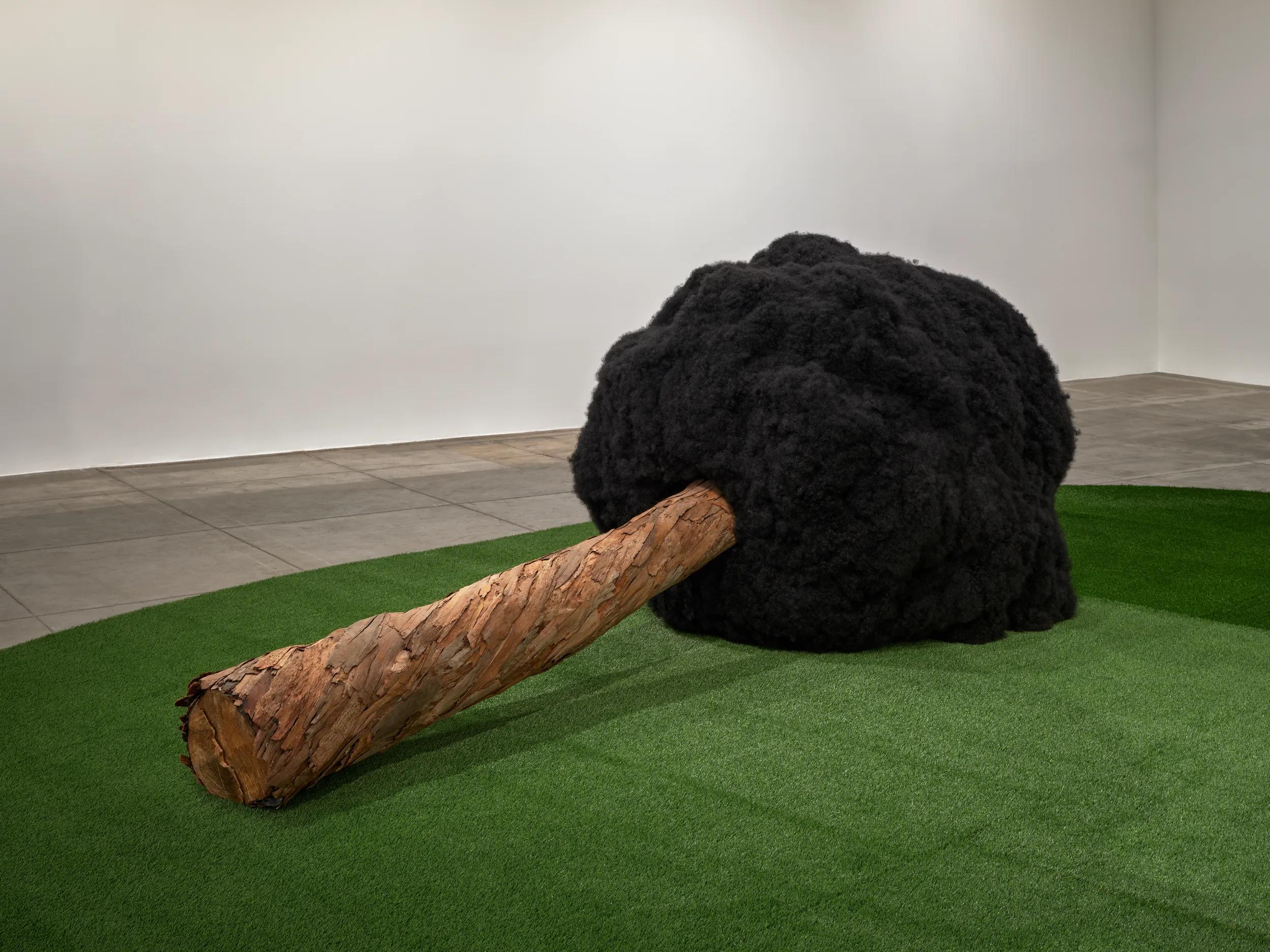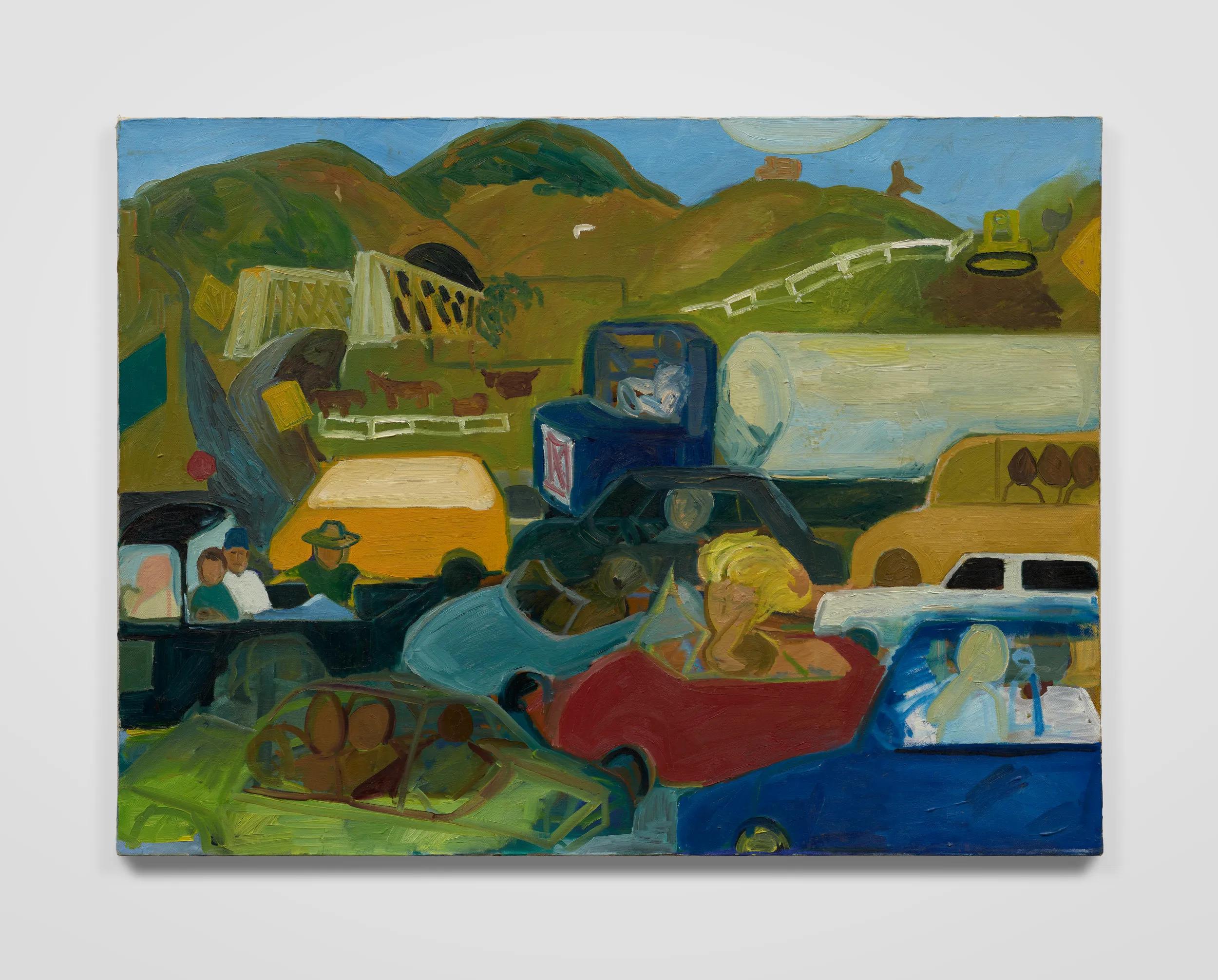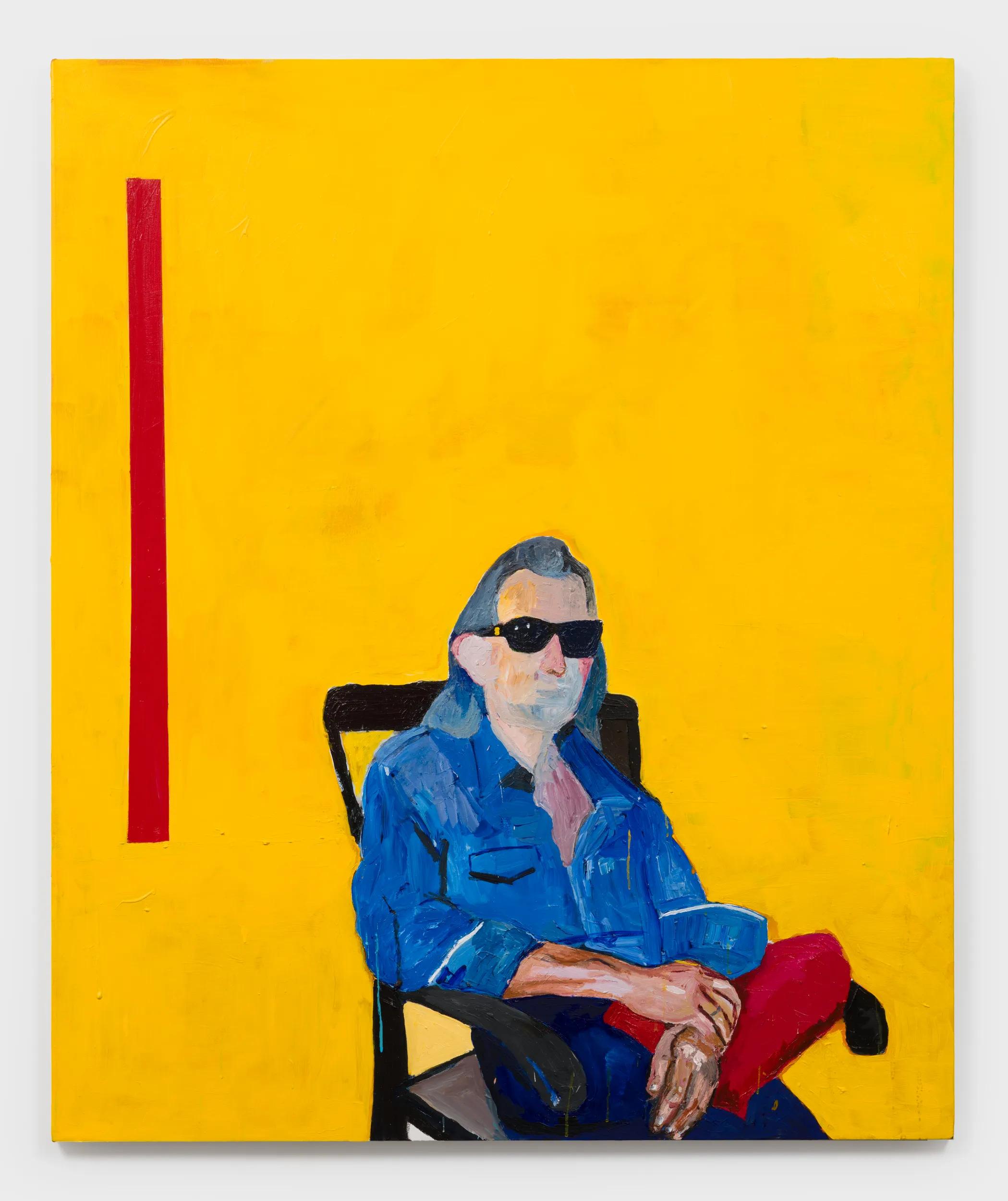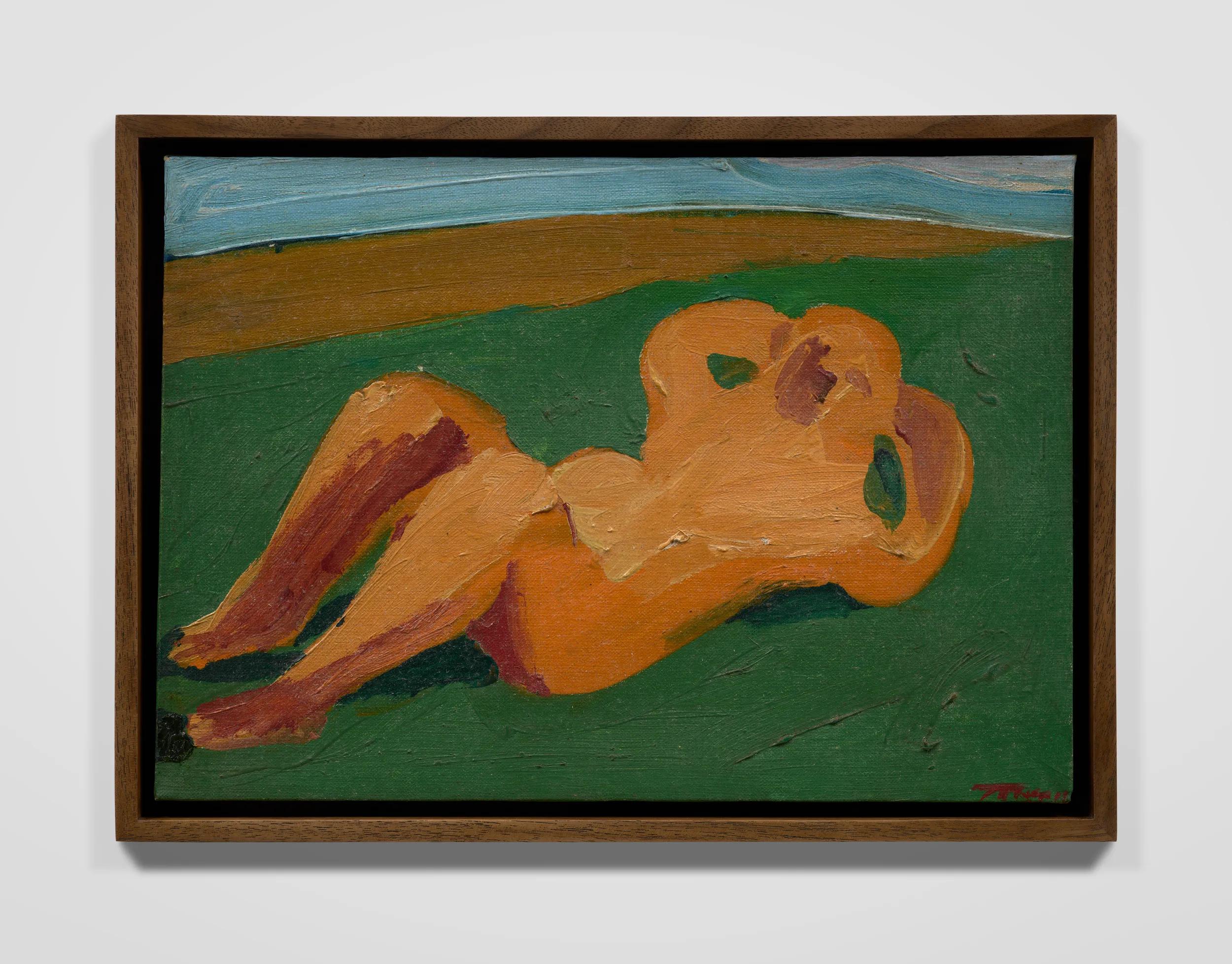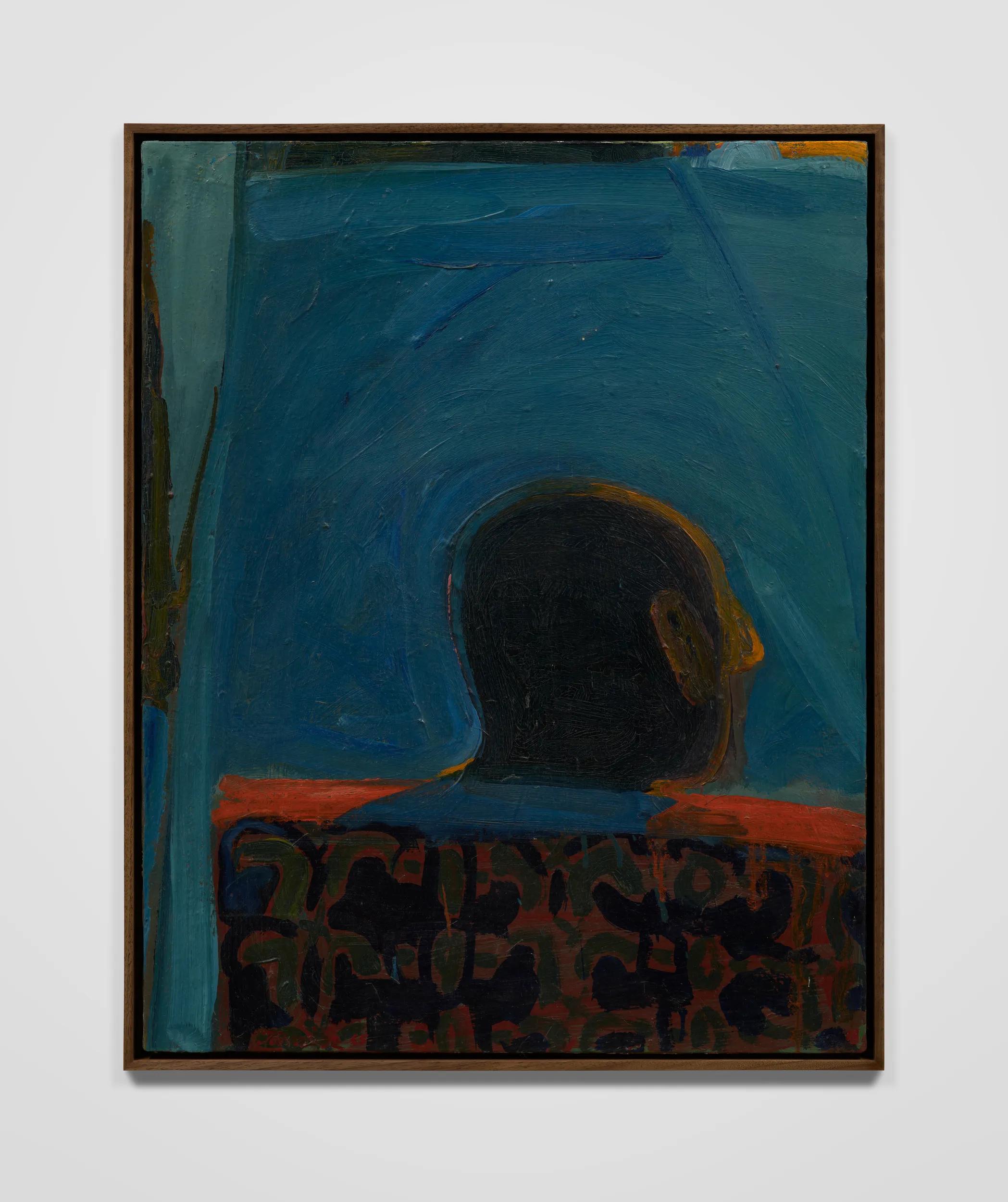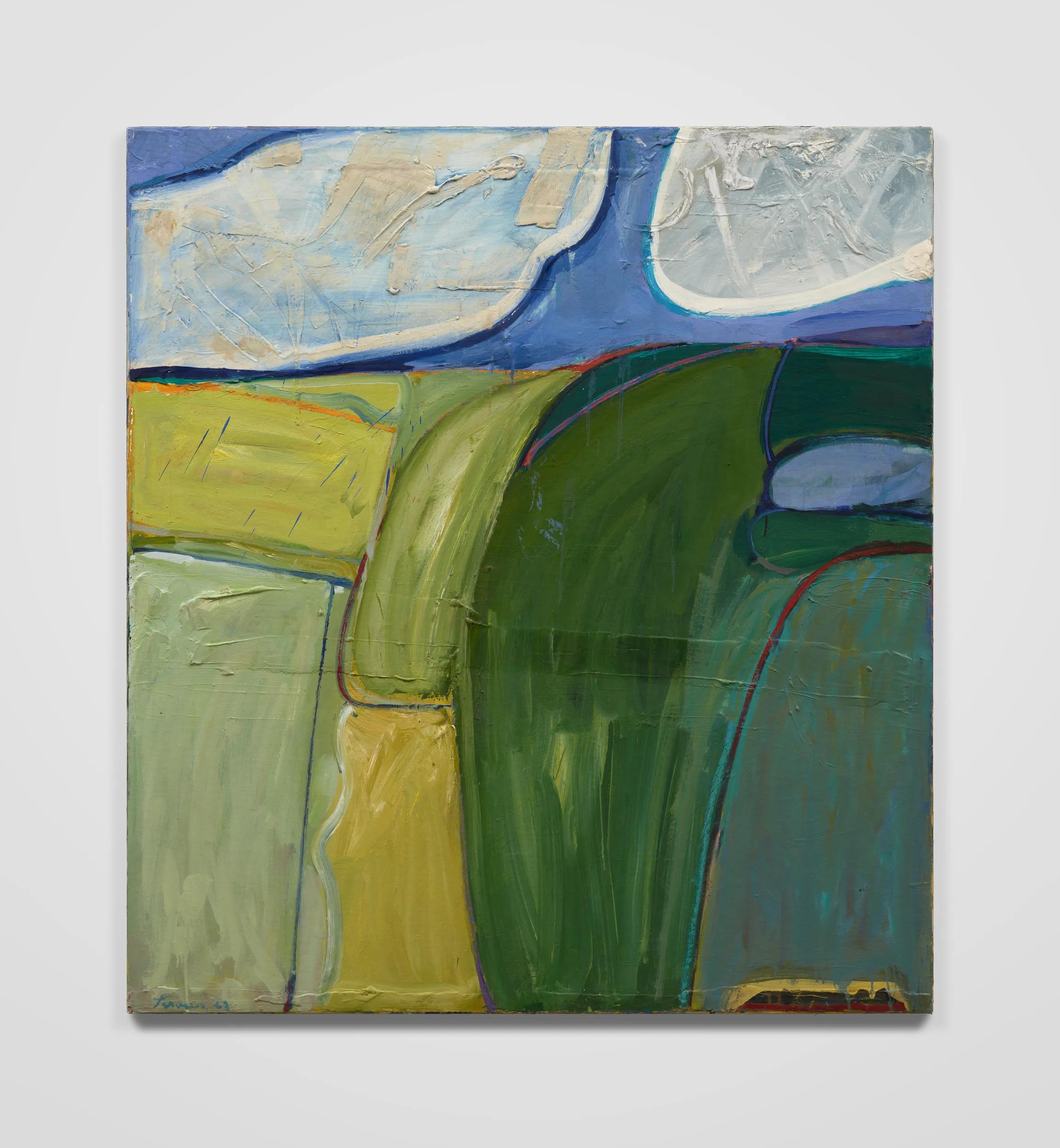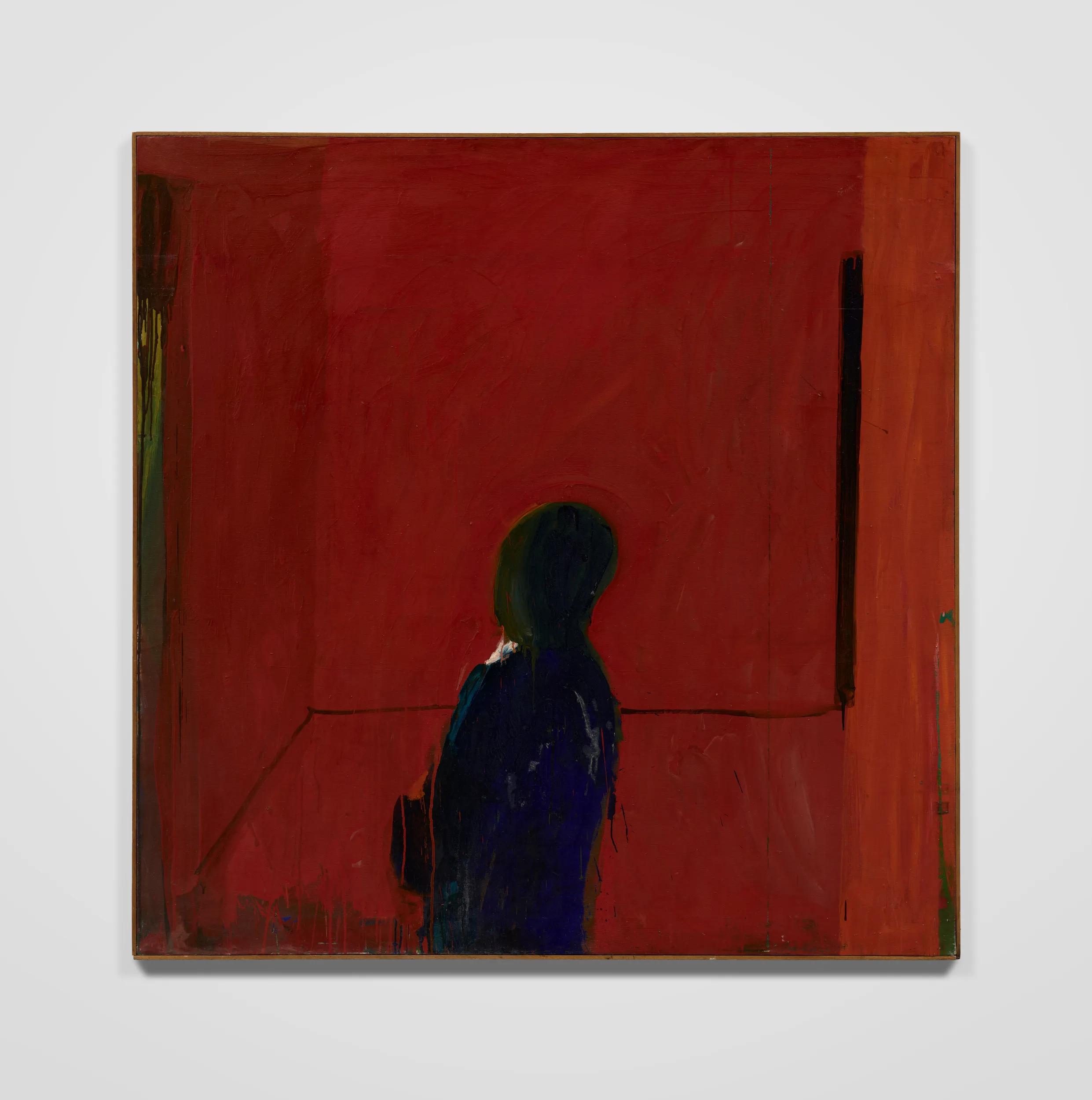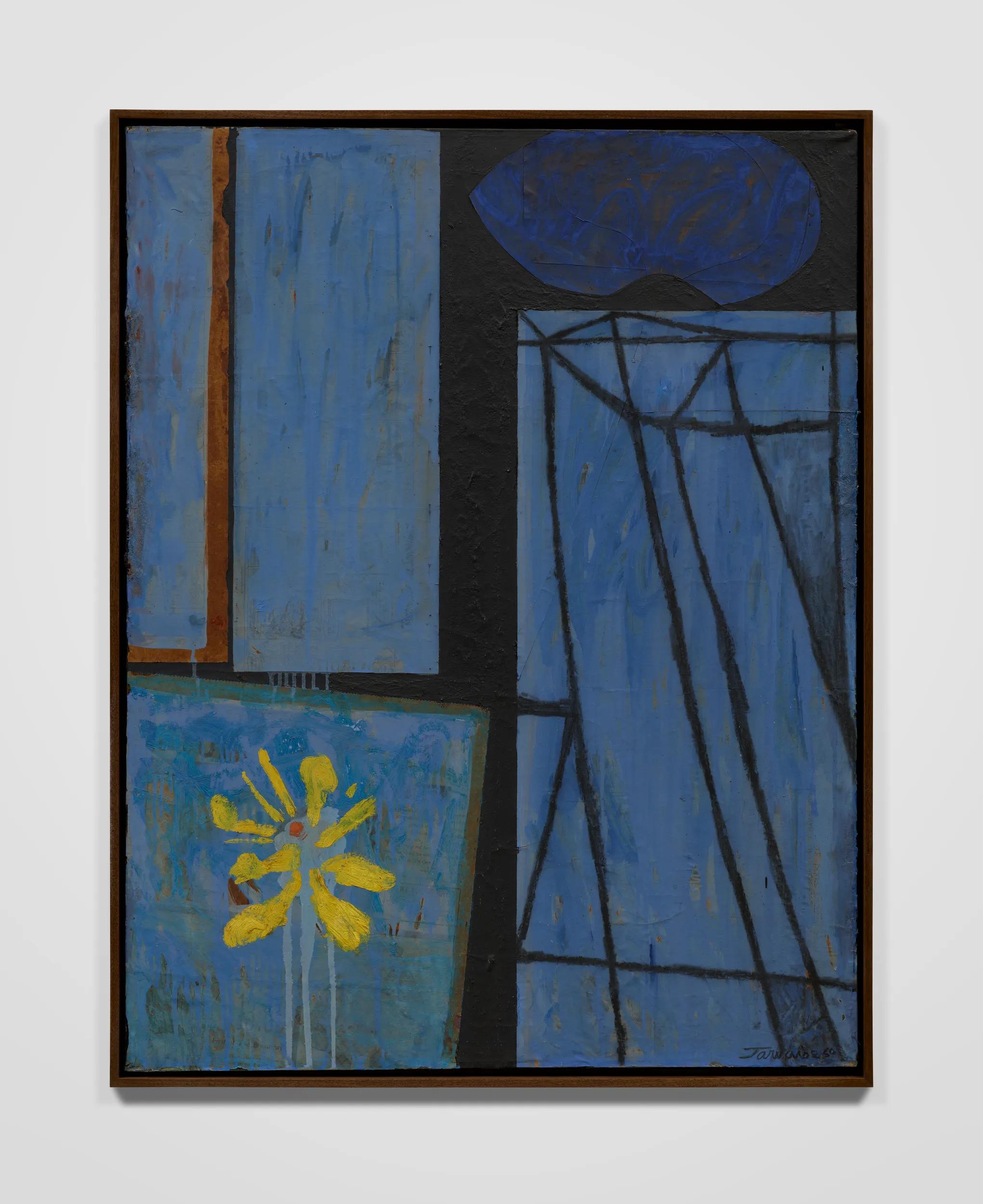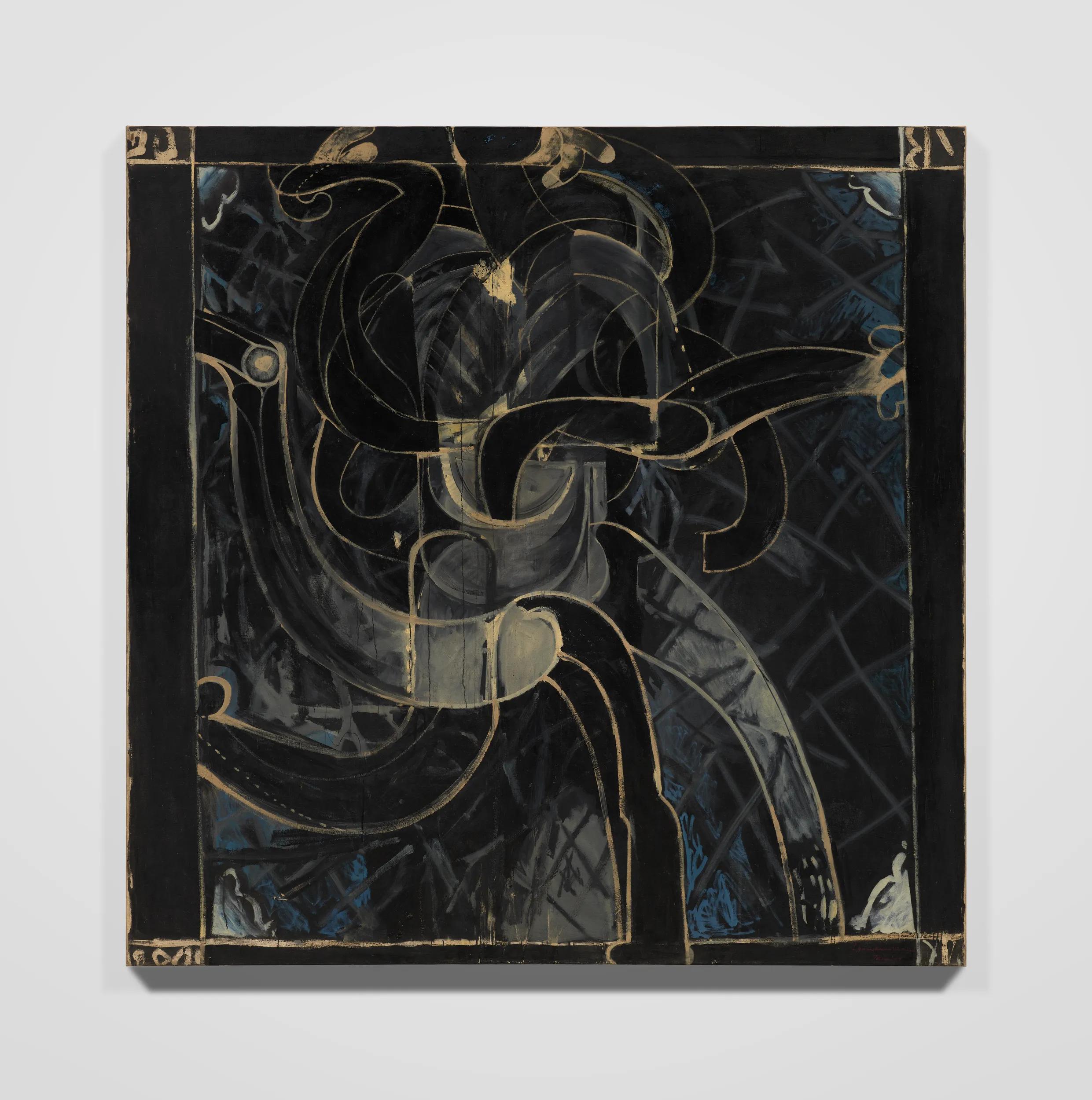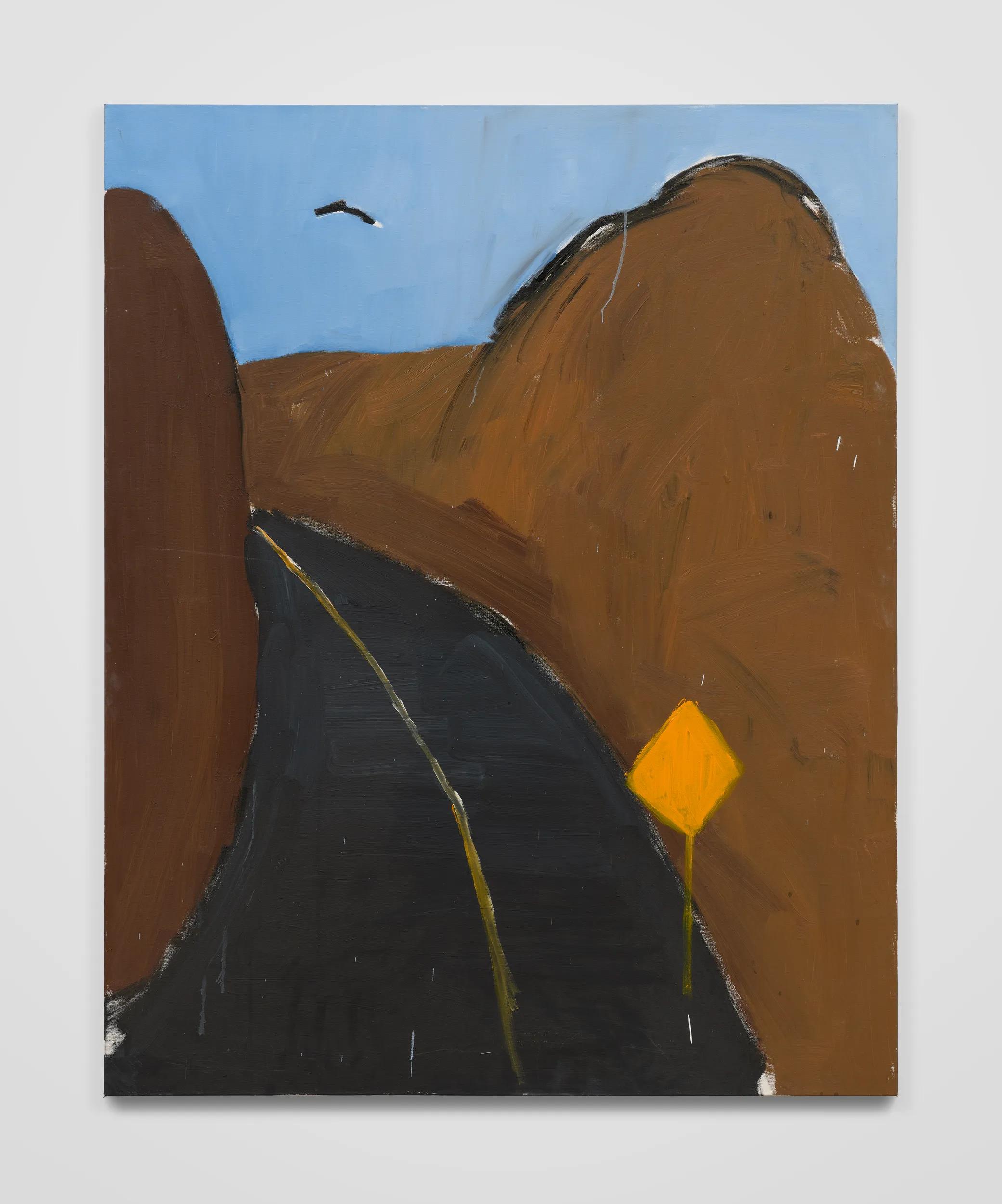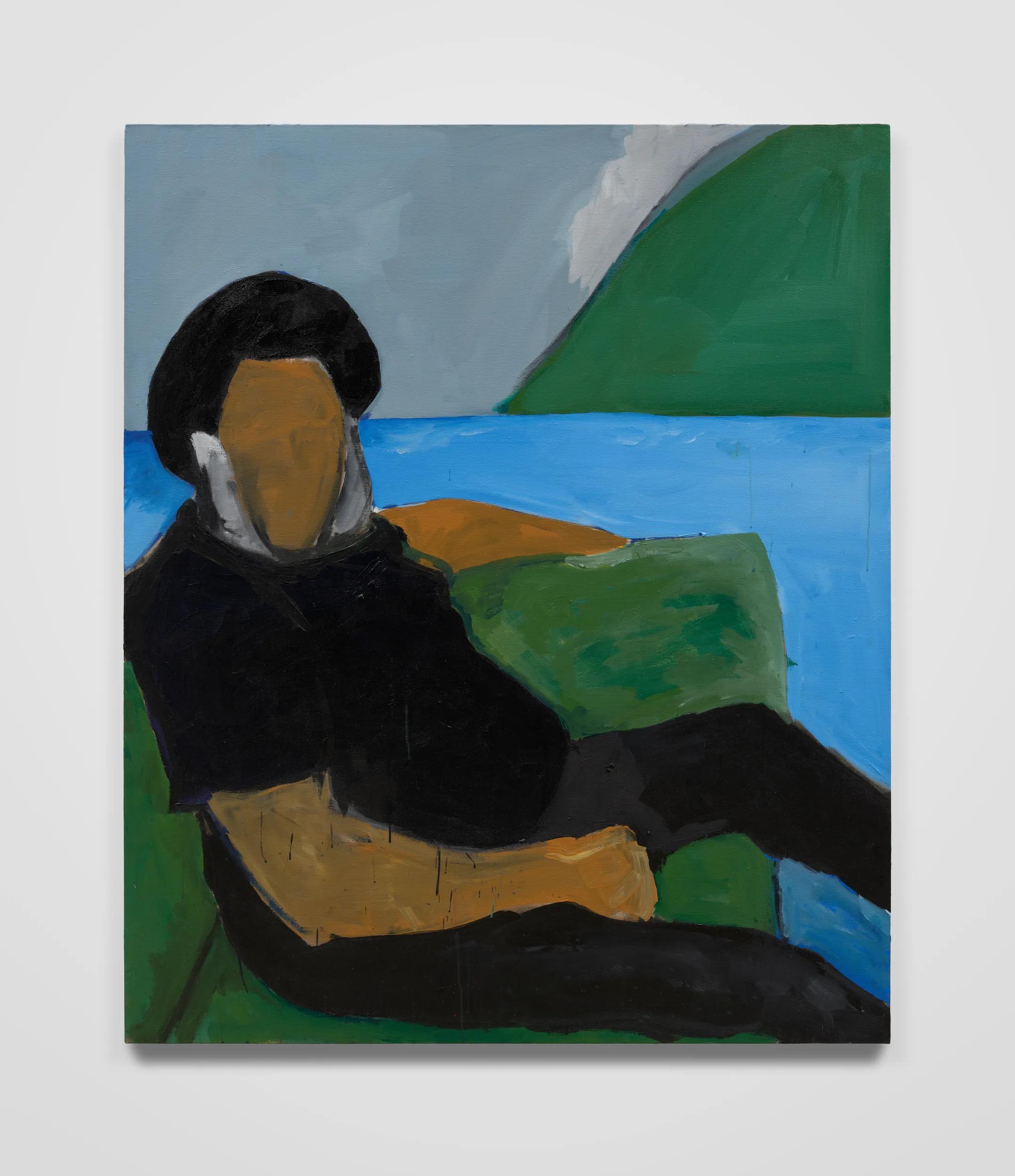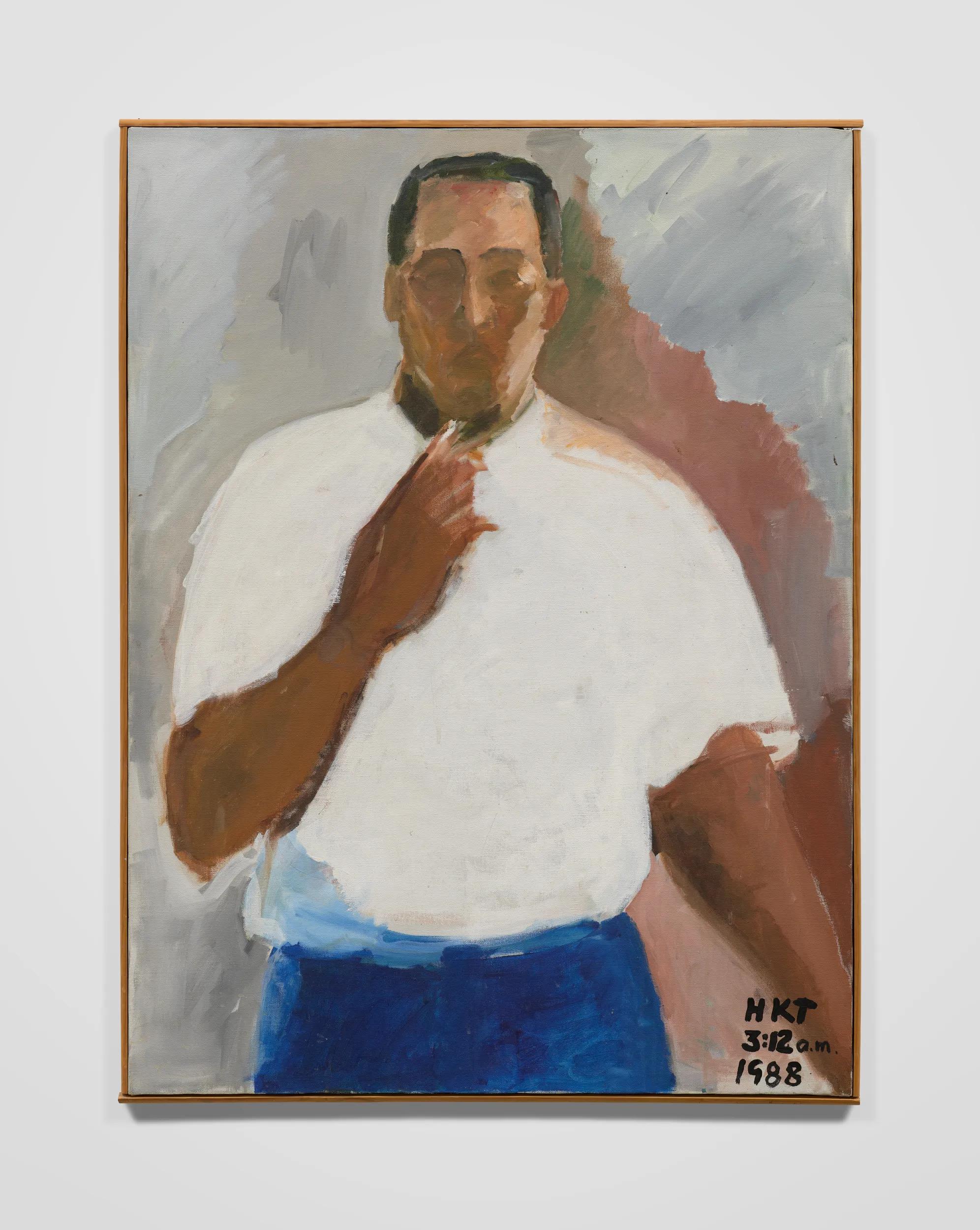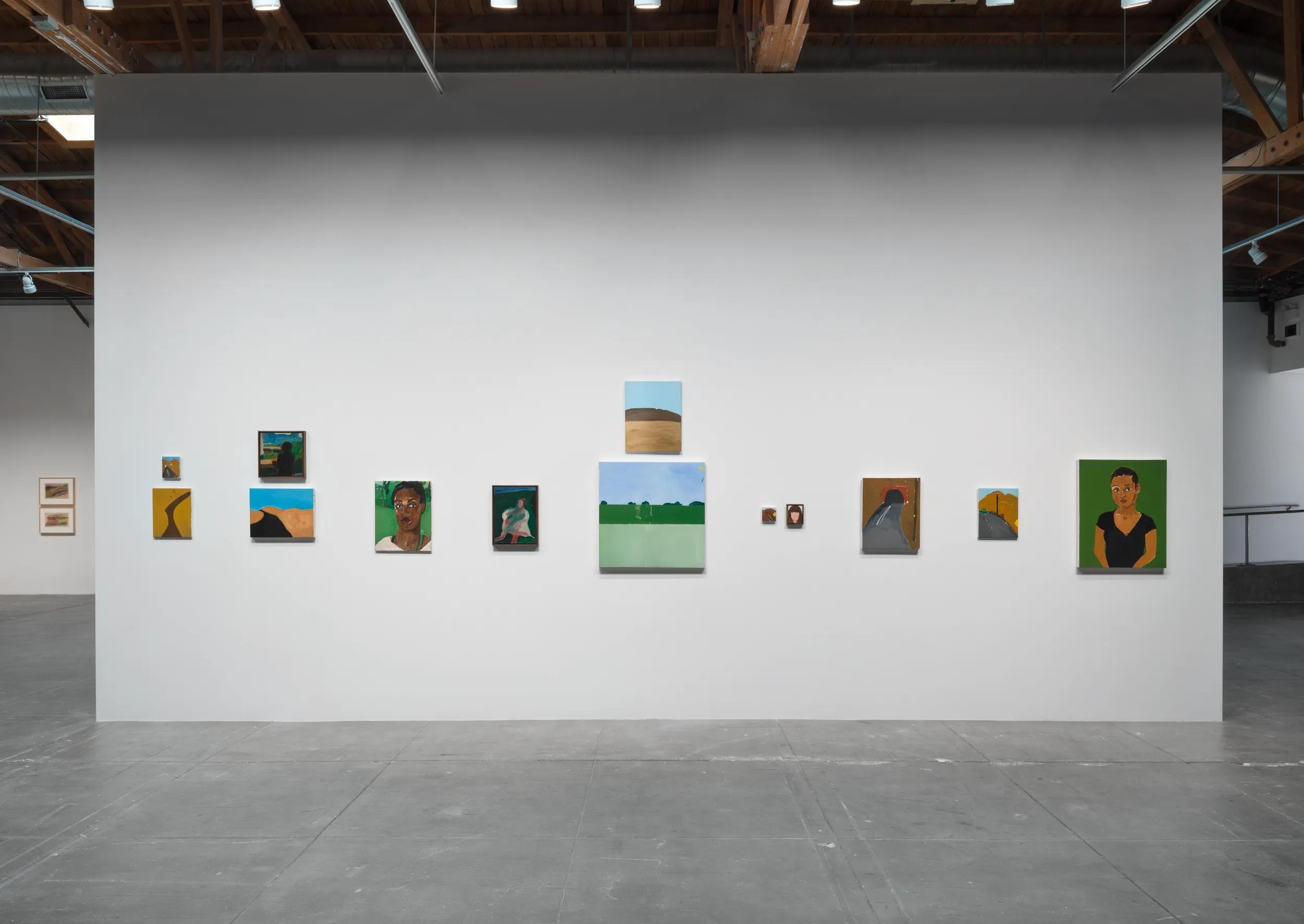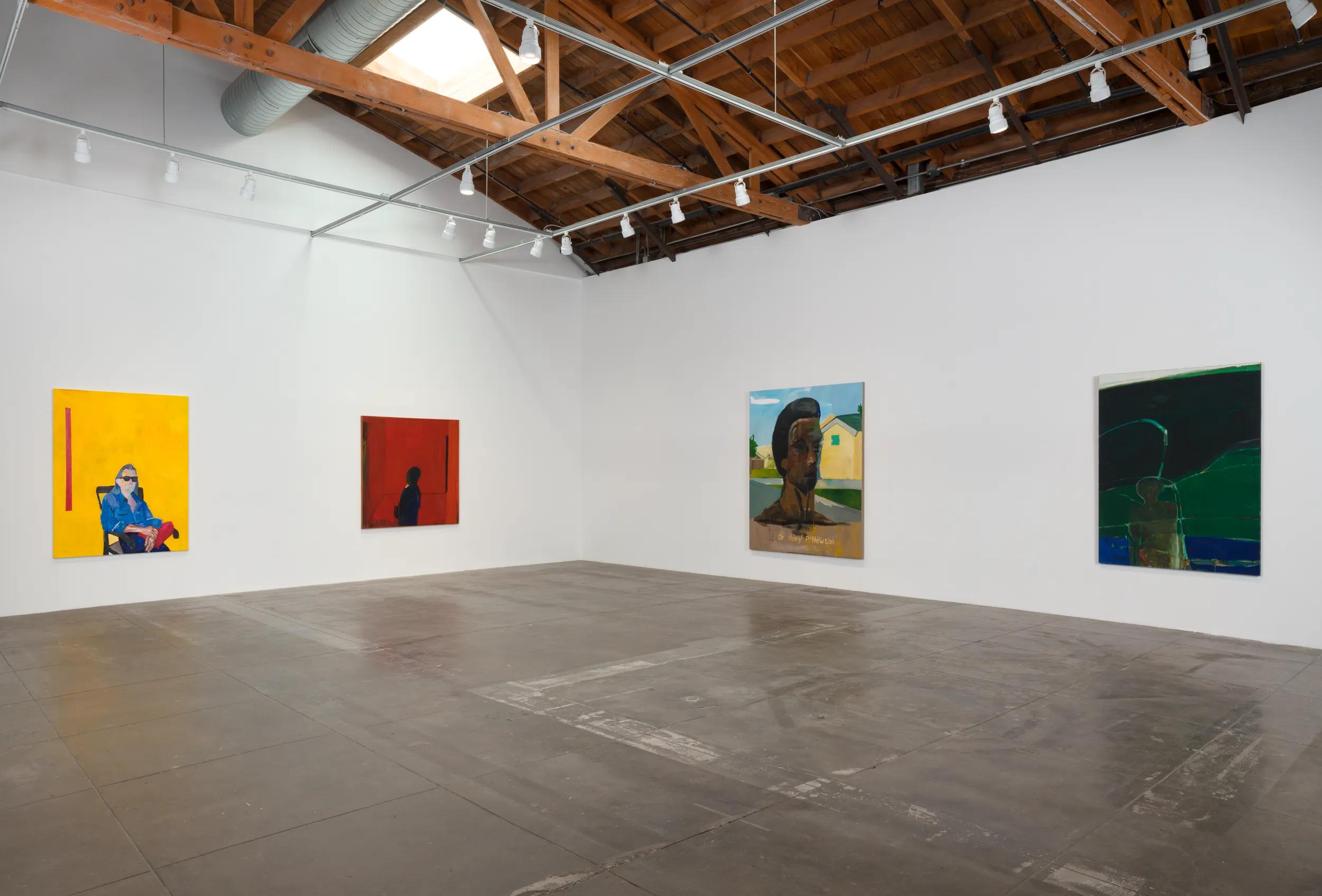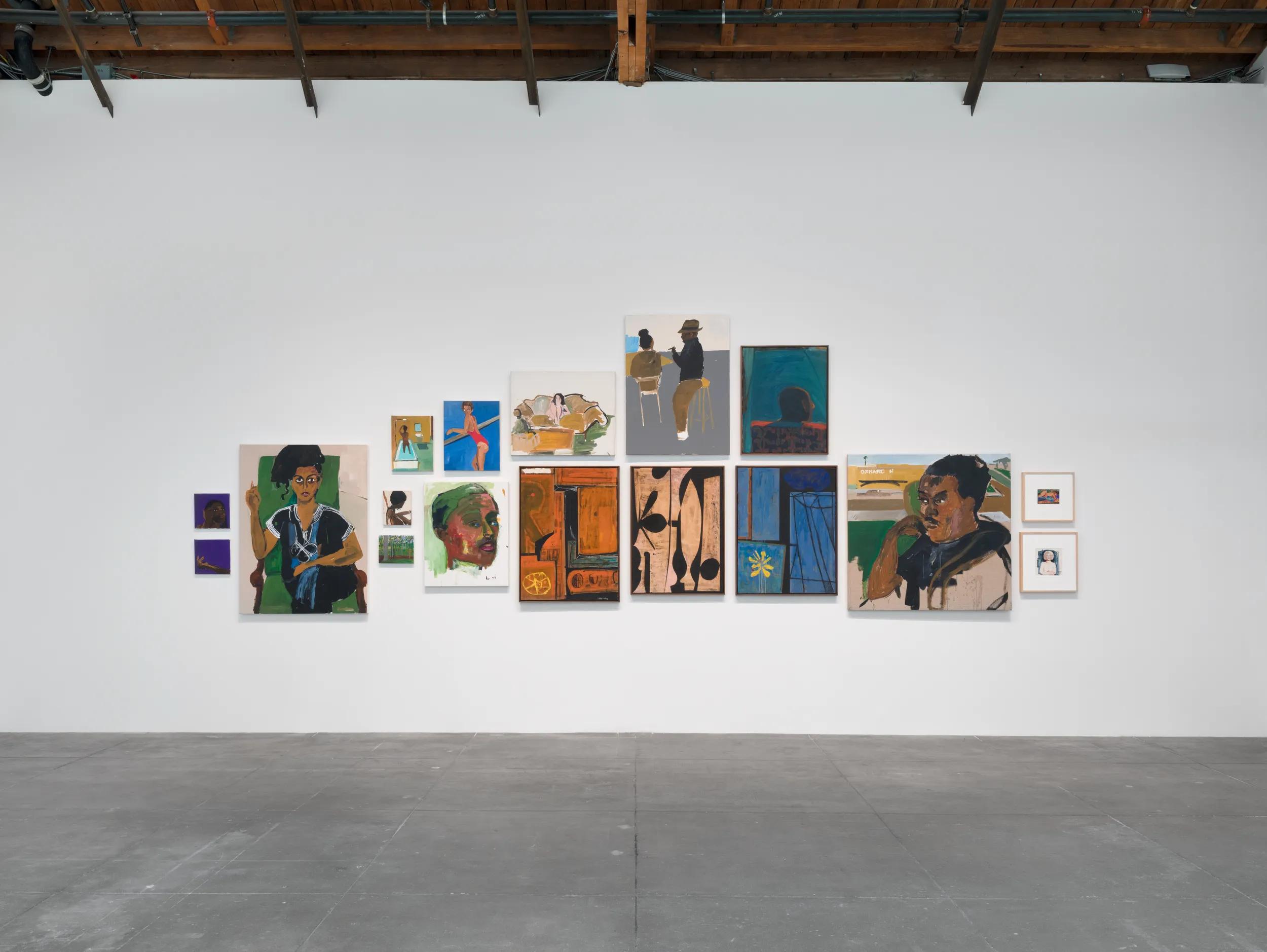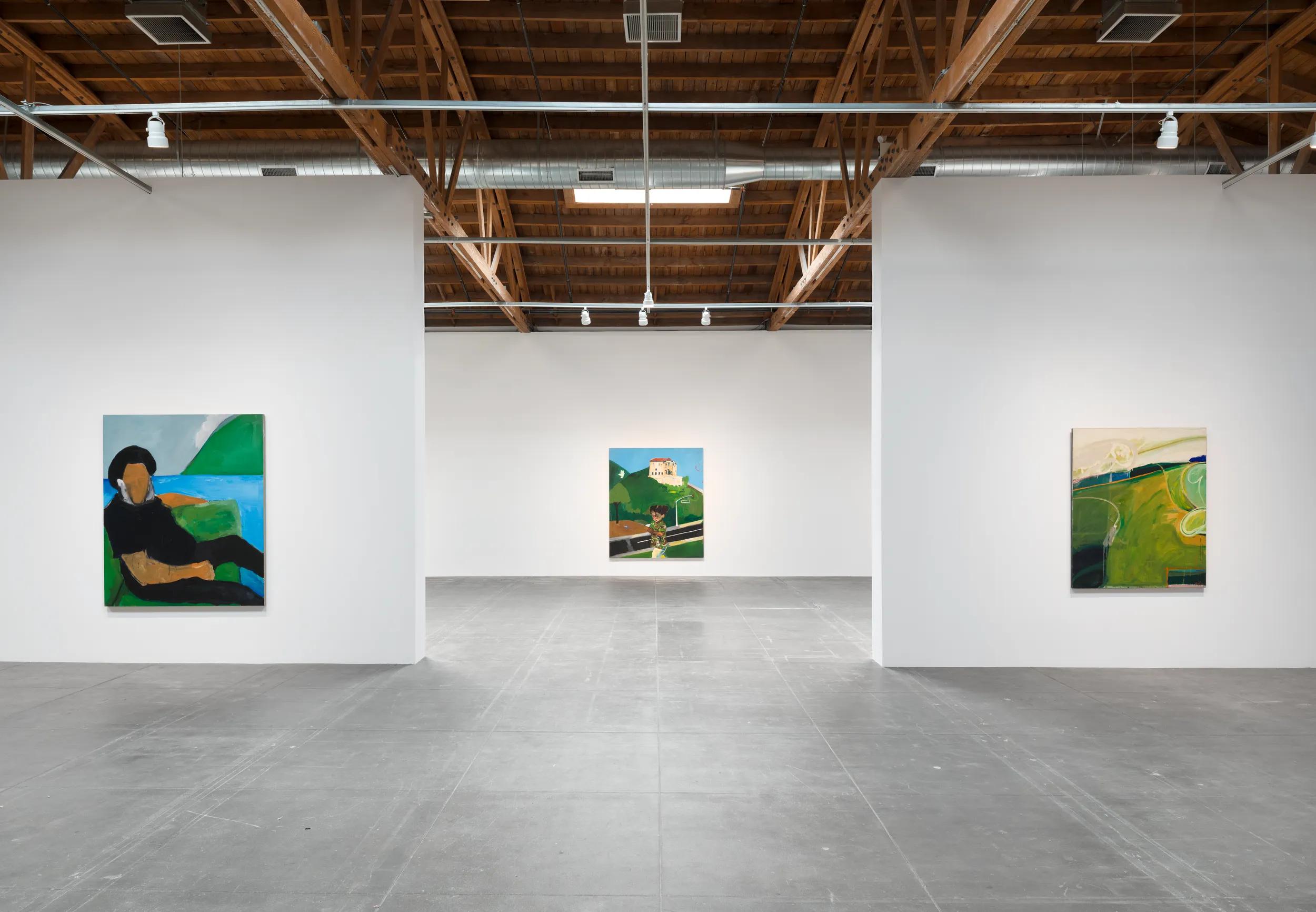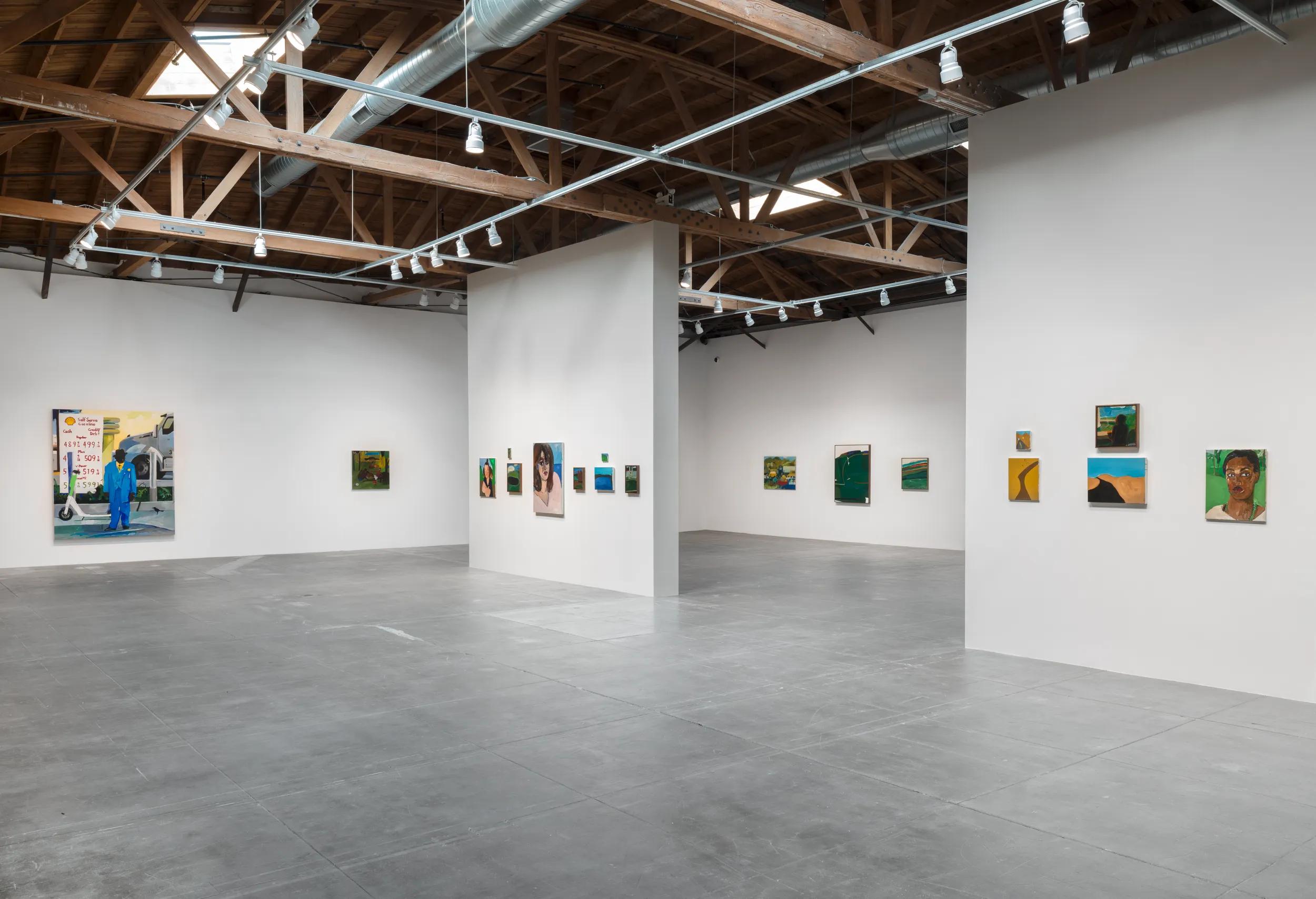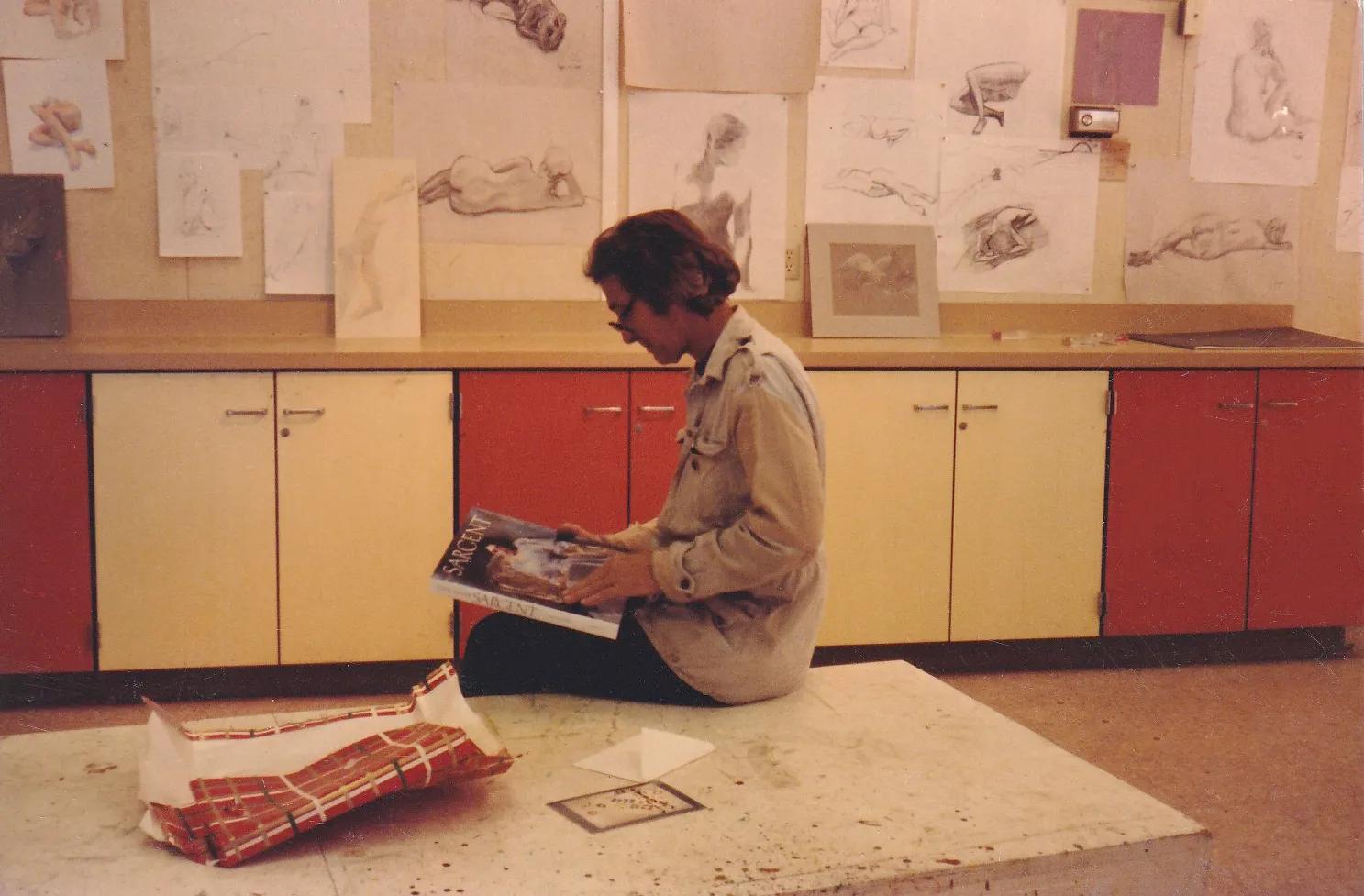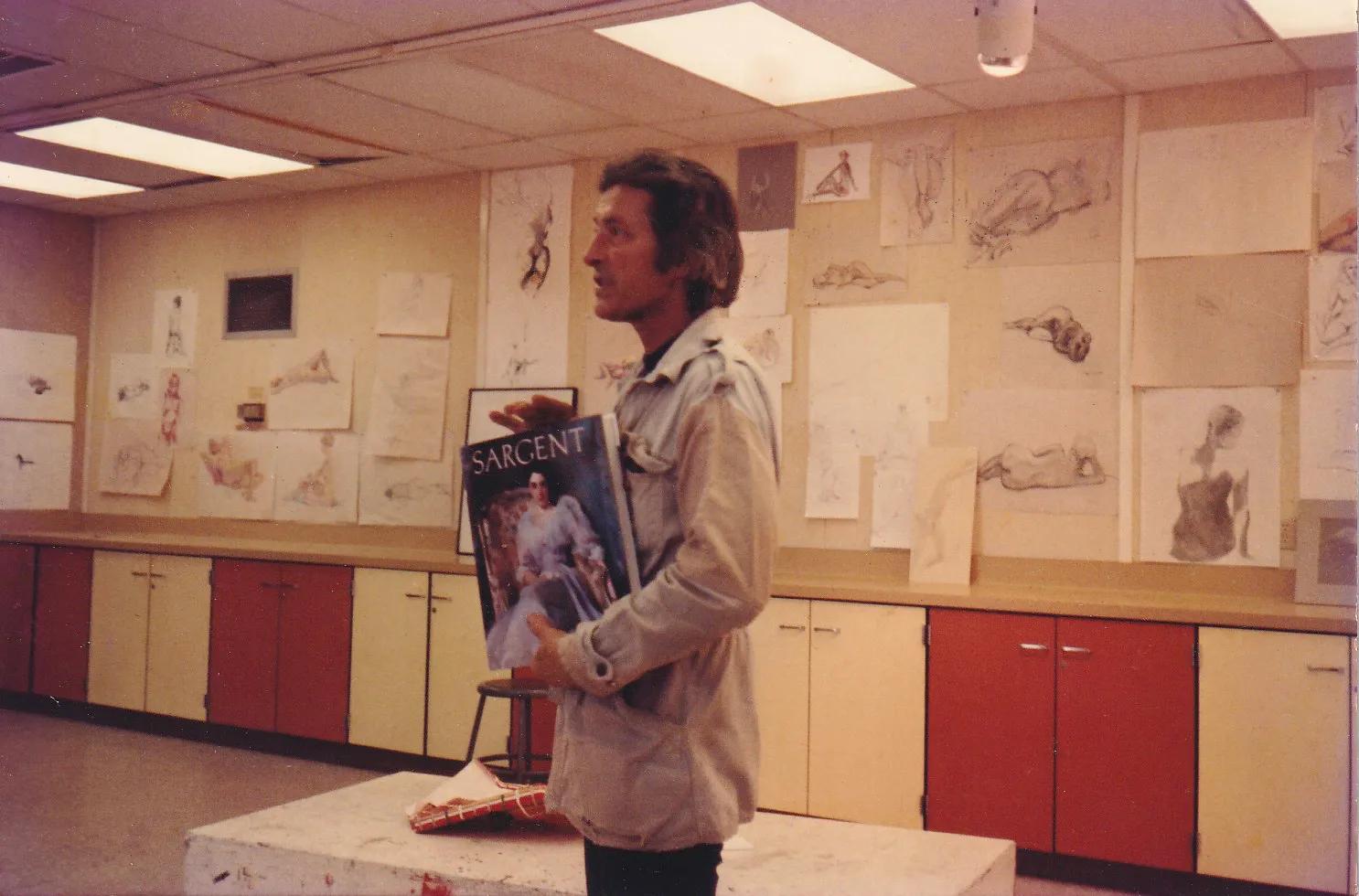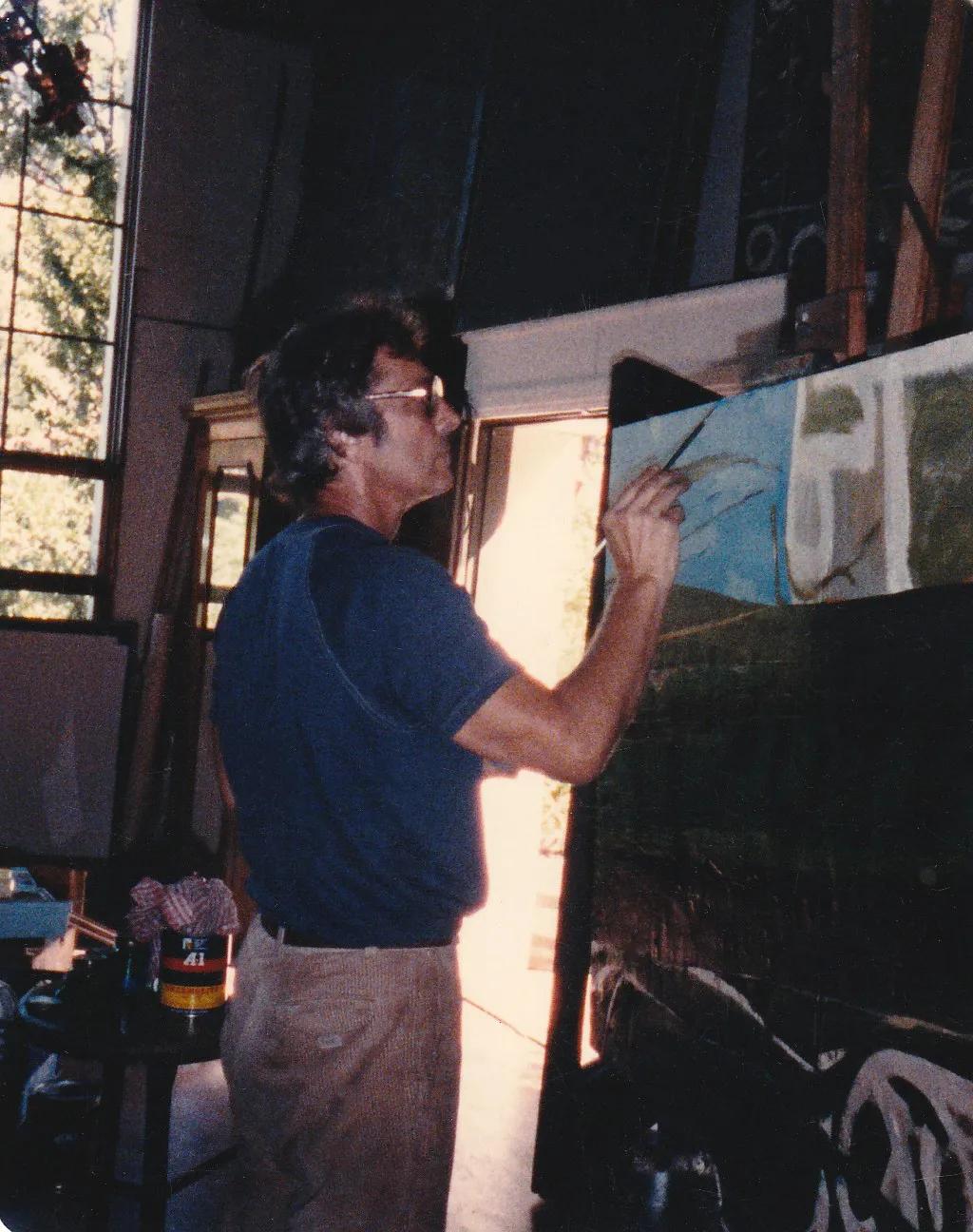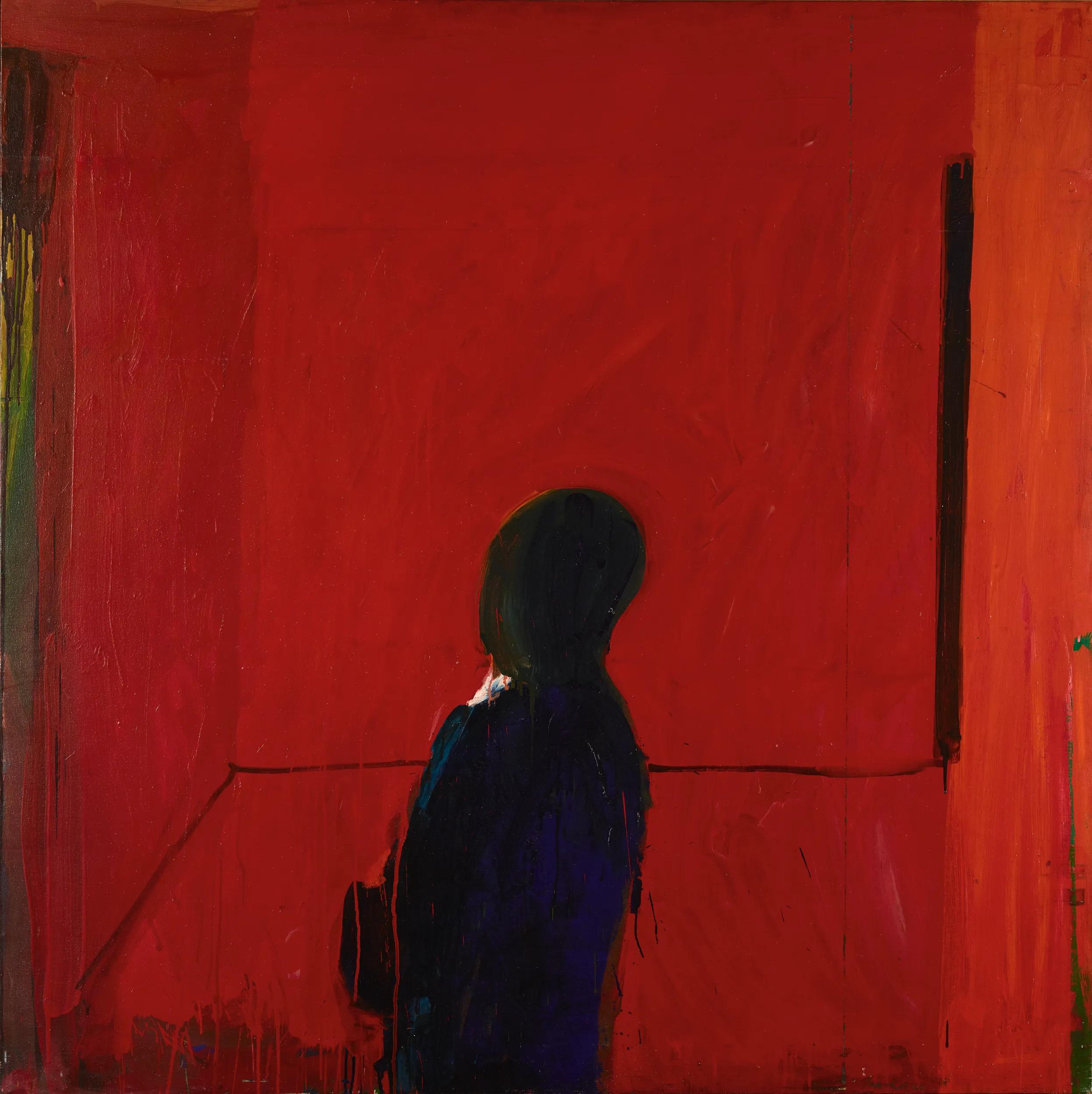
James Jarvaise & Henry Taylor
Sometimes a straight line has to be crooked
29 June – 5 October 2025
Downtown Los Angeles
Dates
29 June – 5 October
‘Sometimes a straight line has to be crooked’ is the first exhibition to put the work of Henry Taylor, one of today’s most celebrated painters, in dialogue with that of his teacher, California modernist James Jarvaise (1924 – 2015). Taylor will explore an idea he has long carried: to pay homage to Jarvaise—an artist who saw something special in him as a student in the 1980s—through an exhibition.
Composed along loosely thematic lines and consisting largely of paintings, this major installation will span the 1950s to the present, with new works created especially for the show by Taylor, whose interest in landscape, alongside the figure, will be freshly explored. The first exhibition of Taylor’s work to take place at Hauser & Wirth in Los Angeles, the title is taken from advice Jarvaise imparted to his student: the words of a vital teacher who offered Taylor many lessons on how to build a painting with integrity.
Seen together for the first time, the exhibition will feature over seven decades of work by the two artists. On view will be paintings and related drawings from Jarvaise’s historic Hudson River School series, which was included in the 1959 exhibition ‘Sixteen Americans’ at The Museum of Modern Art, New York, alongside that of Jay DeFeo, Jasper Johns, Robert Rauschenberg, Frank Stella and other emerging artists of the time. These works will be presented along with modernist collages from the 1950s, figurative paintings from the 1960s, and large-scale paintings on burlap from the 1970s that were specifically chosen by Taylor. The installation will also encapsulate three decades of Taylor’s work with over 40 paintings to concentrate on portraits of friends, family and strangers, figure studies, neighborhood scenes and landscapes. New works on view will include a group of tree sculptures— each trunk sporting an arboreal afro of artificial hair—that Taylor, who plays as hard with language as he does the brush, refers to as his ‘For-Us’ forest.
Henry Taylor credits James Jarvaise with having been the first to recognize his talents in the early 1980s. At the time, Taylor was supporting himself as a psychiatric technician at the Camarillo State Mental Hospital while pursuing a range of interests, including classes in journalism, cultural anthropology and set design at Oxnard College. There, he repeatedly enrolled in Jarvaise’s painting class, where he was introduced to the works of Max Beckmann, Jean Dubuffet, Philip Guston, Cy Twombly and other modernists who were entirely new to him. At the same time, Jarvaise recognized something urgent and distinctive in Taylor, and insisted the student take himself seriously as an artist. Taylor accordingly enrolled at CalArts but continued to bring his work to Jarvaise for valued critiques. Taylor describes packing up his car with paintings and waiting in the college parking lot to show Jarvaise his latest explorations, relying on his critique to resolve and push a painting to completeness.
When exhibited together, the works of Jarvaise and Taylor appear to be in clear dialogue with one another. Notwithstanding the obvious differences in their approach to content and historical contexts, Taylor’s vivid portrait of Jarvaise and Jarvaise’s archetypal ‘Man in the Room’ (1963) have a strikingly similar resonance and shared sensibility. ‘Sometimes a straight line has to be crooked’ connects Jarvaise and Taylor formally—works on view spotlight the two artists’ approaches to massing flat shapes that move between figuration and abstraction, and their talent for deploying off-beat colors, strong tones, straight horizons and curvaceous lines—and unites them energetically across time.
Installation Views
1 / 5
About James Jarvaise
A California regionalist who taught generations of students at schools in and around Los Angeles, James Jarvaise gained national acclaim when his work was included in the historic 1959 exhibition ‘Sixteen Americans’ at The Museum of Modern Art, New York. Writing for The New Yorker, critic Robert Coates commended ‘the coolly green, strongly linear group of abstract oils called ‘Hudson River Series,’ all with landscape motifs, by James Jarvaise.’ Over subsequent years, Jarvaise exhibited regularly at the Felix Landau gallery in Los Angeles and elsewhere before turning his focus to home: after moving his family to Santa Barbara in 1969, Jarvaise dedicated his time to crafting an artist’s paradise where he continued to work in peaceful privacy. In 2012, a survey of his work at Louis Stern gallery in Los Angeles was accompanied by a monograph.
Over the course of his teaching career, Jarvaise was affiliated with USC, California Institute of the Arts (formerly Chouinard Arts Institute), Occidental College, Santa Barbara Art Institute and Oxnard College, where he retired in 2004. Prominent among generations of his students are Charles Arnoldi, David Novros, Peter Plagens, Henry Taylor and Robert Therrien. His work was collected by museums including the Albright Knox Gallery, Buffalo; Carnegie Museum of Art, Pittsburgh; Los Angeles County Museum of Art; The Museum of Modern Art, New York and the Smithsonian’s Hirshhorn Museum and Sculpture Garden.
Related Content
About the Artist
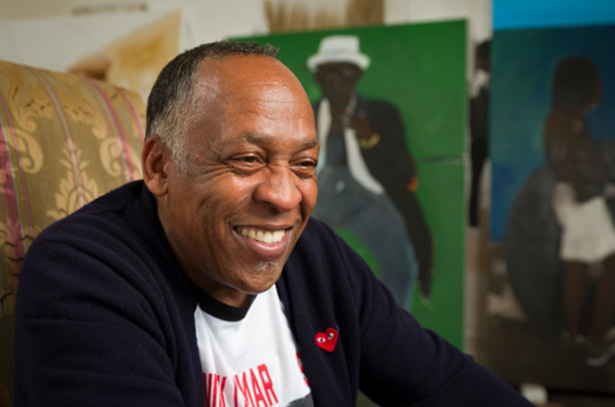
Henry Taylor
Henry Taylor’s imprint on the American cultural landscape comes from his disruption of tradition. While people figure prominently in Taylor’s work, he rejects the label of portraitist. Taylor’s chosen subjects are only one piece of the larger cultural narrative that they represent: his paintings reveal the forces at play, both individualistic and societal, that come to bear on his subject. The end result is not a mere idealized image, but a complete narrative of a person and his history. Taylor explains this pursuit of representational truth: ‘It’s about respect, because I respect these people. It’s a two-dimensional surface, but they are really three-dimensional beings.’[1]
Taylor is voracious and eclectic in his sourcing of subjects. This ‘hunting and gathering,’[2] as he defines it in his own words, is above all, an active process—one in which Taylor often mines his own history and experiences. In his studio, newspaper clippings and historical photographs of civil rights figures sit alongside his own snapshots of people both strange and familiar to him. This library of images, in turn, is surrounded by a collection of disparate objects that Taylor amasses from estate sales, his travels abroad, and local flea markets. Scattered across the studio spaces are infinite piles of historical tomes and artists’ monographs. All of these objects and visual documents eventually feature both in his paintings and as building blocks for totemic sculpture. But Taylor’s choice of painterly subject—from memory and archival materials, to the live sitter—is firmly dependent upon his sense of connection driven by empathy. His sumptuous depictions, painted rapidly and loosely, capture his subject’s nuances and mood with gestures and passages of flat, saturated acrylic color offset by areas of rich and intricate detail. The intensity with which he paints is reflected by his brushwork: a network of kinetic strokes that seek to capture a feeling before it flees. Taylor’s subjects, which range from members of the black community to symbolic objects representative of historical struggle, span the breadth of the human condition; each work is a holistic visual biography and permanent record of a person or people’s history.
Born in 1958 in Ventura, California, the youngest of eight children, Taylor’s initial exposure to the medium of painting came from his father, who was a commercial painter employed by the U.S. Government at a naval air station. In junior high school, Taylor began to vigorously absorb the tenets of major art historical movements spanning the Nineteenth and Twentieth centuries. Taylor later studied at Oxnard College, where he studied Journalism, Anthropology, and Set Design, and made the acquaintance of James Jarvaise, the Head of the Department of Fine and Performing Arts. Jervaise was instrumental in instilling the young painter with a sense of vocational efficacy that helped to focus Taylor’s efforts entirely on his artistic practice. Taylor’s formal training came in the 1990s when he studied at The California Institute of the Arts while also working as a psychiatric technician at Camarillo State Mental Hospital. It is here where Taylor developed his guiding sense of human connection while creating portraits of his patients. His practice evolved to exceed the boundaries of canvas: he began to paint the surfaces of found and discarded domestic objects like furniture, cereal boxes, empty cleaning bottles, and even packs of cigarettes. From these, Taylor creates assemblage sculptures, stacking and affixing disparate objects together to create, in some instances, faux African tribal masks from inverted Clorox bleach bottles erected on broomsticks.
What unifies Taylor’s practice across two and three dimensions is that it supersedes the confines of any traditional genre of painting and sculpture. His four-decade long practice combines pillars of figurative, landscape and history painting. Each result is a complete narrative that reflects the breadth and depth of his subject.
Taylor lives and works in Los Angeles. He has been the subject of numerous exhibitions in the United States and internationally. In 2023, The Fabric Workshop Museum in Philadelphia PA presented 'Nothing Change', and the Whitney Museum of American Art in New York NY showcased 'Henry Taylor: B Side', the largest exhibition of Taylor’s work to date, which traveled to the Museum of Contemporary Art in Los Angeles CA. Also in 2023, Hauser & Wirth in Paris presented 'From Sugar to Shit' as their inaugural exhibition. In 2024, the Schinkel Pavillon in Berlin, Germany presented 'You Me', a two-person show featuring paintings by Taylor and his close friend, Jill Mulleady. Additionally, Hauser & Wirth in New York NY presented 'No Title', a collection of new works by Taylor.
Taylor’s work is in prominent public collections including the Bourse de Commerce – Pinault Collection, Paris, France, The Bronx Museum of the Arts, Bronx NY, Carnegie Museum of Art, Pittsburg PA, The Fondation Louis Vuitton, Paris, France, Hammer Museum, Los Angeles CA, Institute of Contemporary Art, Boston MA, Los Angeles County Museum of Art, Los Angeles CA, The Metropolitan Museum of Art, New York NY, Museum of Contemporary Art, Los Angeles CA, Museum of Fine Art, Houston TX, Museum of Modern Art, New York NY, Nasher Museum of Art at Duke University, Durham NC, Pérez Art Museum, Miami FL, San Francisco Museum of Modern Art, San Francisco CA, The Studio Museum in Harlem, New York NY, and Whitney Museum of American Art, New York NY.
In 2024, Taylor was elected as a member of the Department of Art of the American Academy of Arts and Letters in New York NY. In 2020, he was recognized as a Gala Honoree at the Drawing Center and BOMB Magazine in New York NY. Additionally, in 2019, Taylor was honored at the CalArts REDCAT Gala in Los Angeles CA. In 2018, Taylor was the recipient of The Robert De Niro, Sr. Prize in 2018 for his outstanding achievements in painting. Taylor’s work was presented at the Whitney Biennial at the Whitney Museum of American Art, New York NY in 2017 and 58th Venice Biennale, Venice, Italy in 2019.
[1] Sargent, Antwaun, ‘Examining Henry Taylor’s Groundbreaking Paintings of the Black Experience’, on: artsy.com, 16 July 2018
[2] Smith, Zadie, ‘Henry Taylor’s Promiscuous Painting’, on: newyorker.com, 23 July 2018
Current Exhibitions
1 / 12
